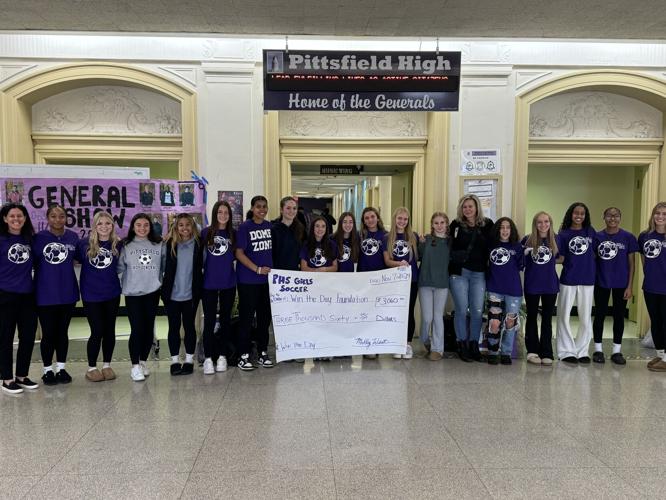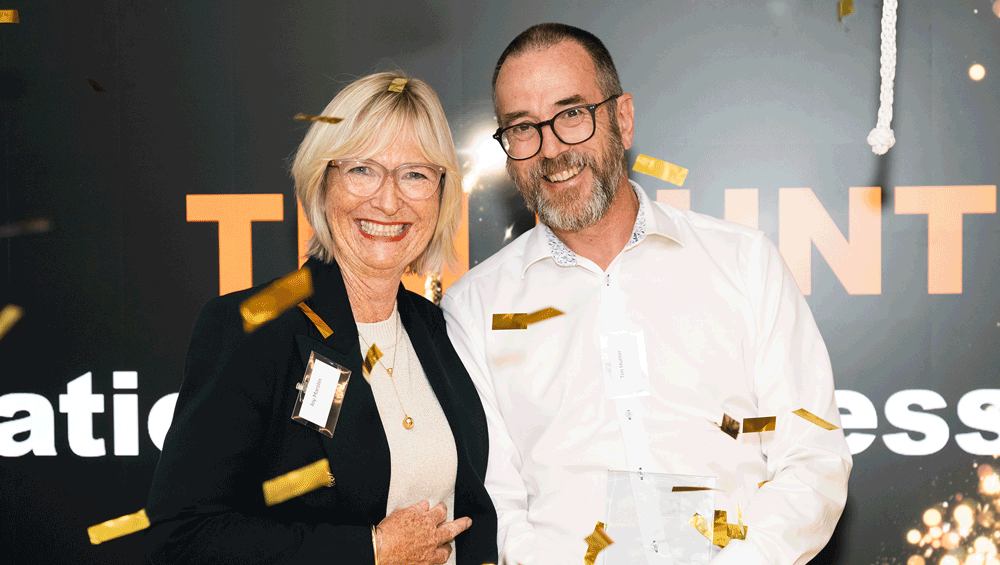
New Delhi: Home delivery within 10 minutes, of practically anything, is permanently altering the retail landscape in the country, and hitting both modern retail and mom-and-pop (kirana) shops equally hard. Not surprisingly, fast-moving consumer goods makers are seeing increasingly higher traction in their numbers from quick commerce channels. And while they are taking steps to strengthen their presence in q-commerce, this has also meant ‘streamlining’ inventory in traditional stores.
Edible oil maker Adani Wilmar Limited saw its business on q-commerce channels grow 36% in the September quarter, albeit on a small base, while general trade grew 8%. The company sells Fortune branded edible oil, flour and rice, among other things. Also read | Quick-commerce players should come clean on their pricing game Then, milk and chocolate seller Nestlé India said last week that q-commerce is now 50% of its e-commerce business and its fastest channel of growth.
Overall, e-commerce is 8.3% of the company’s domestic sales. The numbers point to a fundamental shift in consumer behaviour, industry executives said, especially since consumers are more than willing to pay a premium for allowing quick deliveries.
Shifting preferences “People thought quick commerce is meant for situations when you run short on something; we are seeing that is not the case anymore,” said Angshu Mallick, managing director & CEO, Adani Wilmar Limited, who feels quick commerce is here to stay. “People are ordering 5 kg of flour, rice, edible oil—all these products are slowly selling more on e-commerce.” Suresh Narayanan, chairman and managing director of Nestlé India, said that ultimately, it is the consumers who decide the channel they wish to buy from.
“We as consumer marketers respect channel dynamics,” said Narayanan. “A certain dynamism has come in. Channel shifts take place quite dramatically and quickly, and one has to watch the space.
We keep a balanced view.” Also read | Why are e-tailers on notice for legal metrology? A recent report by market researcher NIQ reveals that quick commerce has become the primary grocery shopping method for 31% of urban Indians, with 39% using it for top-up purchases. This trend, driven by consumer demand for convenience, is fuelling significant growth in the grocery sector.
Ready-to-eat meals and salty snacks are among the most popular categories, purchased by 42% and 45% of respondents, respectively. “Everybody will have to shape up and do something different. Kiranas could start stocking more varieties,” Mallick of Adani Wilmar said.
What FMCG companies are doing With quick commerce platforms such as Zepto, Blinkit and Swiggy Instamart gaining huge consumer acceptance, consumer product brands are latching on to these platforms. This is especially true for categories that are more frequently purchased and need-based such as flour, bread, eggs, milk, staples, soaps, toothpaste. Mumbai-based consumer goods company Hindustan Unilever Ltd said it will provide channel-specific offerings to minimize overlap between online and offline channels.
“E-commerce contributes about 7% of our total revenue, while modern trade accounts for roughly 20% and general trade for 70%. We are seeing good growth in e-commerce, and our focus remains on leveraging channel-specific offerings to minimize overlap,” Ritesh Tiwari, CFO, HUL said during the company’s Q2 post-earnings call. Companies are also streamlining inventory with traditional distributors following the quick commerce blitzkrieg.
Also read | Zepto to appoint managed office operator for Bengaluru HQ In October, Dabur announced plans to correct distributor inventory in general trade channels, which it said remains affected due to disproportionate growth in channels such as q-commerce and modern trade. “During the last few weeks, we have seen disproportionately higher growth in organized channels such as modern trade, e-commerce and quick commerce, which has led to increase in inventory levels in the general trade (GT) impacting the distributor ROI (return on investment),” the company said in a pre-earnings filing early October. The company added that it has decided to correct distributor inventory in the GT channel and improve their ROI.
“This proactive step, while leading to a temporary decline in top-line, is essential for the long-term health and hygiene of our business,” Dabur said in the filing. To be sure, Adani Wilmar’s Mallick pointed out that urban consumers shopping are buying more premium categories on quick commerce than non-premium products. “The type of product which sells in e-commerce is little different from what sells in general trade, where we see sales of loose edible oil and pulses,” Mallick said.
“So, maybe Fortune biryani rice will sell in e-commerce, Fortune regular basmati rice will sell in general trade. So different price points may work across the channels and different product segments.” Small kiranas worst hit Meanwhile, the impact is showing on the ground too as consumers shift from buying daily essentials from retail stores to online platforms.
The worst hit are the smallest kirana stores. Data sourced from market intelligence firm Bizom, which tracks sales of FMCG products in stores, show that the bottom 20% of offline outlets in urban India continue to lose business. A report from the firm said that these outlets are stocking lesser volumes, making them less serviceable by brands and distributors, as cost of service and collection risks remain high.
Also read | CCI weighs probe against quick commerce firms “Cities where quick commerce was launched in late August and early September, early impact showcases drop in stocking in small neighbourhood stores in dairy products and packaged food. We should have much better visibility once the festive effect wears down as branded commodities have been growing due to festivities,” the report added. Nestle’s Narayanan said the company has taken “corrective actions” to ease stress on general trade channels.
“We do see pressure points (in general trade) in the last one or two quarters. There have been pressure points, but we have discussed taking corrective action. In some of the large cities, we have looked at recalibrating distributor holdings,” said Narayanan.
.













